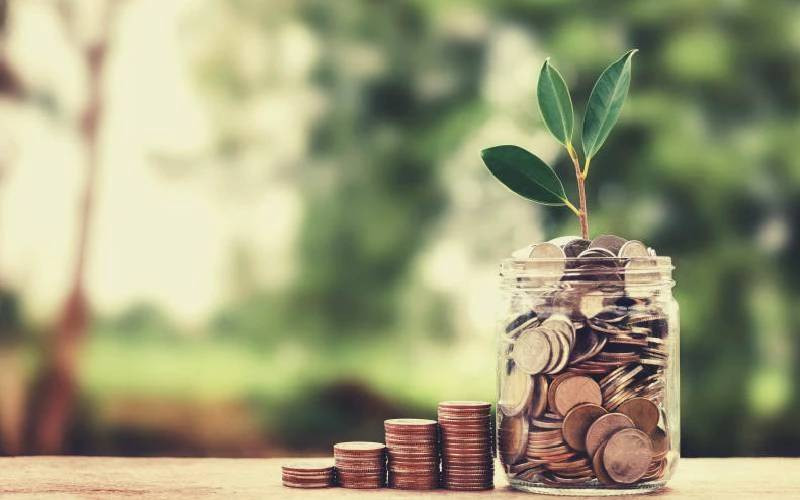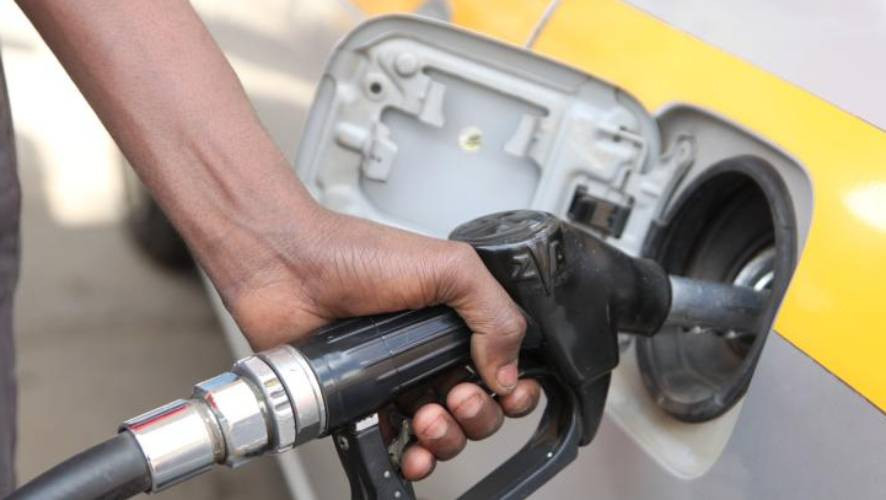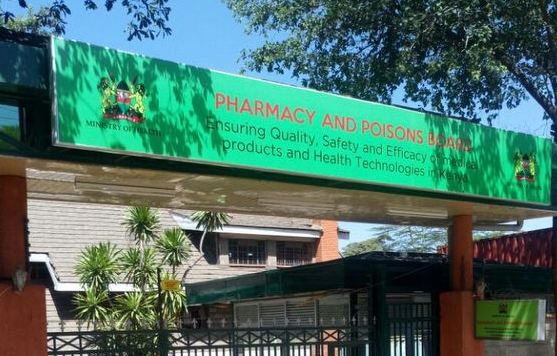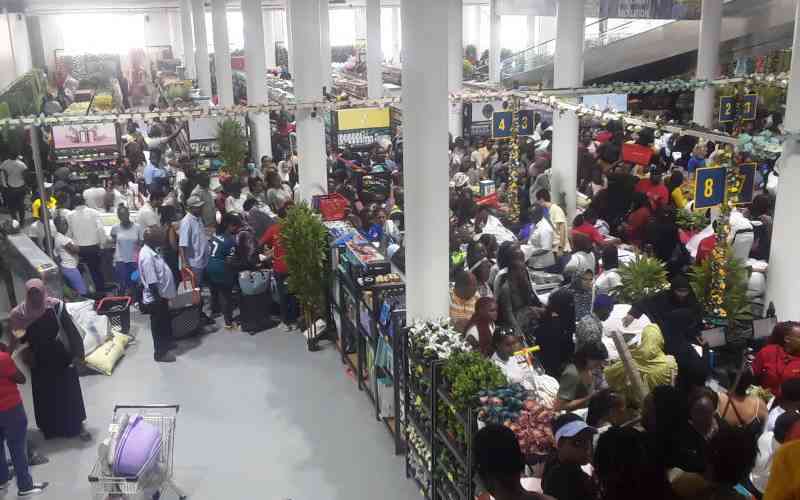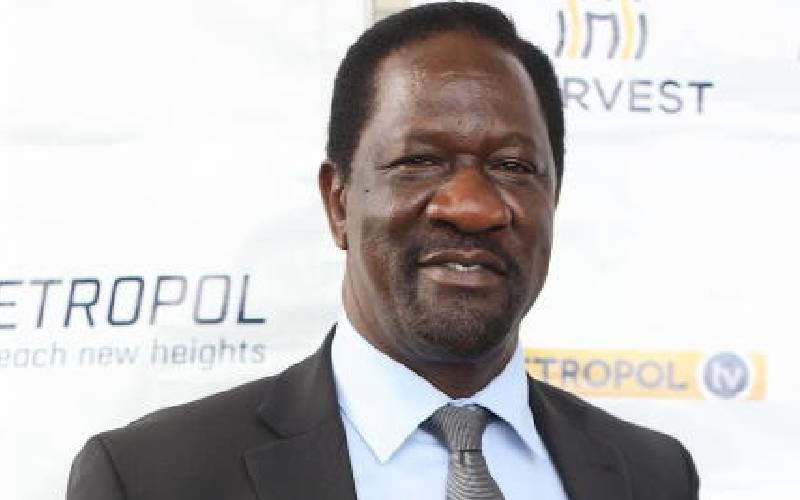
Only 40 per cent of borrowers who had been listed negatively took advantage of the regulator's call to pay half of what they owed their lenders in exchange for a clean record, a credit reference bureau has revealed.
The reprieve was to give borrowers a clean slate with lenders which was one of President William Ruto's goal as he sought to liberate seven million Kenyans listed negatively.
Through the credit repair framework led by Central Bank of Kenya, informed after a meeting with the president, CBK had announced in November last year that it sought to give about four million mobile phone borrowers a haircut of 50 per cent on the amounts defaulted.
Metropol Corporation Limited Managing Director Sam Omukoko during an interview with The Standard revealed that barely half of borrowers heeded to this call.
Mr Omukoko said as it stands there are 24 million Kenyans listed with CRB with about 60 per cent of them being mobile loans related.
"You recall when the president came and talked to banks and CBK they gave a reprieve for anybody who had a default listing of up to sh5 million. They were given a period of about five months to try and see how they can reorganise their finances and gave them a haircut of 50 per cent," said Omukoko.
He explained that this meant if you had a default of Sh2,000 then Sh1,000 was taken off the asked to pay the balance.
"Out of that, we have up to 40 per cent of Kenyans that took advantage. The rest did not so their records continue to reflect default information," he said.
Adversely listed
According to the then CBK statement the framework covered loans with a repayment period of 30 days or less and were offered by lending institutions through mobile phone digital loans as at end of October 2022.
Over 4.2 million borrowers adversely listed with CRBs were expected to repair their credit records. This amounted to Sh30 billion.
The framework lasted six months ending May 2023.
This repair was to mark the transition from negative listing of defaulters to use of credit score by financial institutions to determine how much interest will be charged on amounts borrowed.
The credit repair framework was necessitated by the large number of individuals and businesses whose cash flow had been affected by impacts of Covid-19 pandemic that led to massive loss of jobs, reduced incomes and closure of some enterprises.
Omukoko noted that today, CRB does not negatively list individuals who default. However, it receives all information from the lenders default and performance of loans which is used to create credit history.
"From that history then credit scores are calculated," he said, noting that banks have moved to risk based pricing of loans.
"You would look at it as those who have poor scores and those with good just the way banks have performing and non-performing loans."
Omukoko noted that mobile loans are still the go to lender for Kenyans indicating that an average borrower has five accounts: Three mobile loans, and two from traditional institutions like a bank, microfinance or a Sacco.
This is informed by the structure of mobile loans; they are short-term facilities.
"When you are borrowing and repaying, it does not mean when you have completed then your record is taken off the bureau. Your record stays with the bureau and is used to calculate the score. Anytime you want to borrow again, it is that score that is used to calculate the interest rate," he said.
 The Standard Group Plc is a multi-media organization with investments in media platforms spanning newspaper print
operations, television, radio broadcasting, digital and online services. The Standard Group is recognized as a
leading multi-media house in Kenya with a key influence in matters of national and international interest.
The Standard Group Plc is a multi-media organization with investments in media platforms spanning newspaper print
operations, television, radio broadcasting, digital and online services. The Standard Group is recognized as a
leading multi-media house in Kenya with a key influence in matters of national and international interest.

